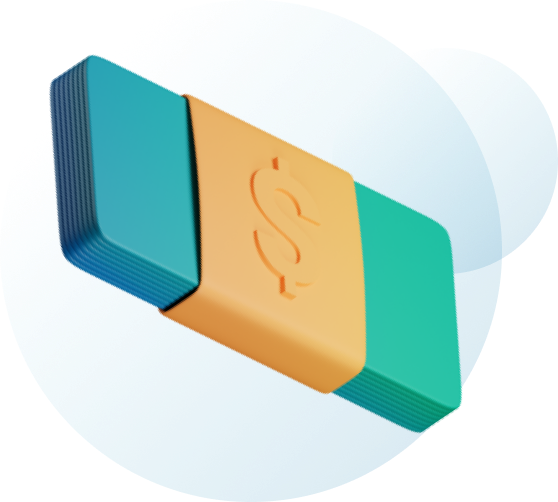The fibula bone is a long thin bone on the outside of the leg that extends from the knee to the ankle. The fibula bone is the smaller of the two bones in the lower leg. Most of your weight is carried by the larger bone of your leg called the tibia (shin bone).
The fibula can be broken or fractured anywhere along its course, from the outside of the knee to the ankle. A proximal fibula fracture is a fracture that occurs on the outside of the knee or leg. When the fibula is broken without injuring the ankle, it is called an isolated proximal fibula fracture.
Fibula fractures may also occur as a result of a twisting injury to the ankle. At the ankle joint, the fibula is often called the lateral malleolus and when the fibula is broken at the ankle it may be called a lateral malleolus fracture.


